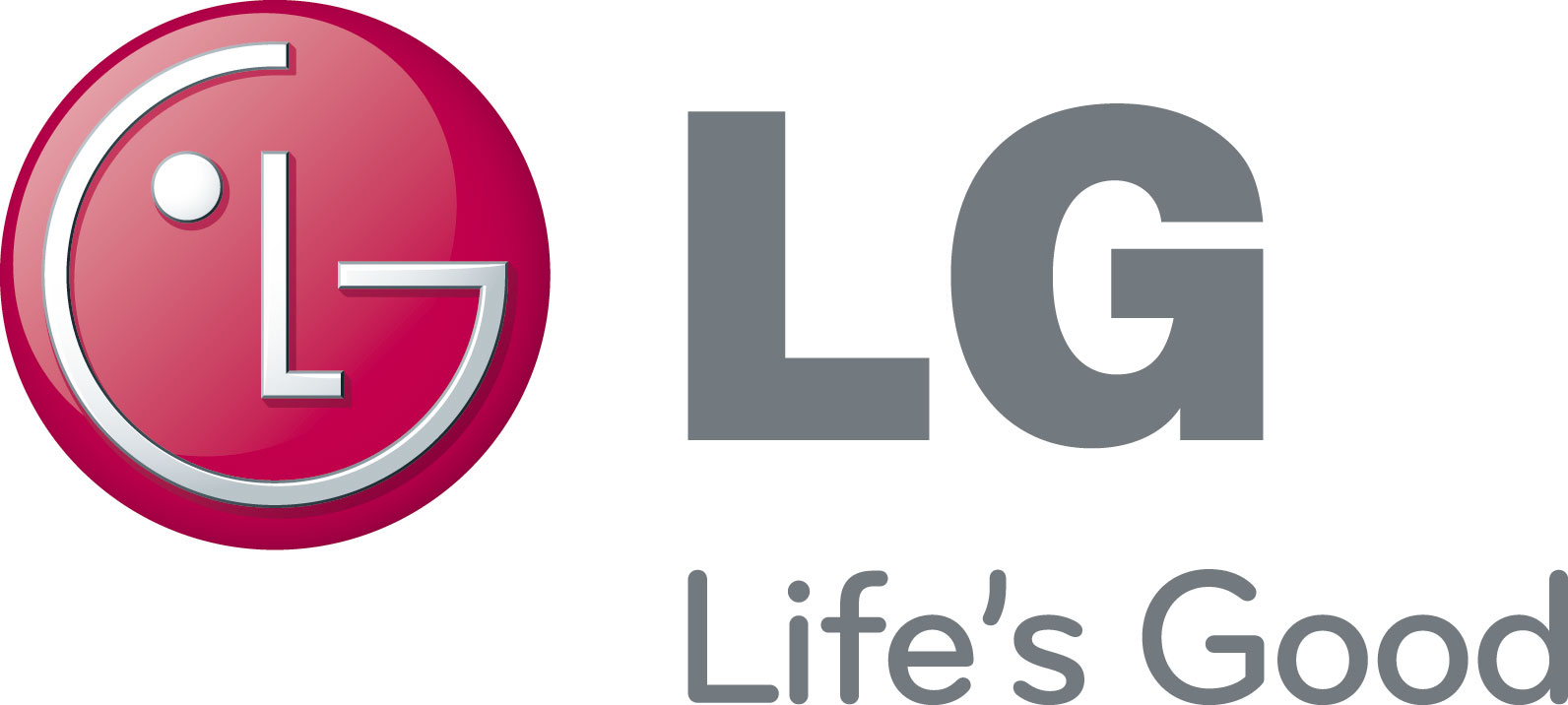US inflation is sticky at 8.2%. What’s Next for Bitcoin?

Important takeaways
- Inflation in the US fell from 8.3% to 8.2% on an annual basis in September.
- Although the consumer price index fell by 10 basis points, the decline was smaller than economists’ expectations.
- With inflation still high and the economy in crisis mode, the Fed is likely to continue raising interest rates, suggesting that crypto will continue to suffer.
Share this article
Inflation has now cooled for three consecutive months.
US inflation Hits 8.2%
Inflation in the US continues to fall— but it’s still hotter than the Federal Reserve wants.
The Bureau of Labor Statistics released its latest consumer price index report on Thursday, showing inflation cooling 10 basis points in September.
The price of goods rose by 8.2 per cent on an annual basis last month, falling more than economists’ broad expectation of 8.1 per cent. On a monthly basis, CPI rose by 0.4 per cent.
Despite coming in higher than expected, today’s pressure is the third in a row monthly decline in US inflation, the following record for 40 years reading of 9.1% in June 2022.
Although the last few CPI prints have indicated that inflation may have peaked, markets reacted negatively to today’s reading. Major US stock indexes such as the Dow Jones and Nasdaq 100 fell in pre-market trade, while the crypto market also saw a sharp decline. Bitcoin is down over 4%, while the second largest cryptocurrency, Ethereum, sold off over 6%.
Despite hopes that inflation will quickly retreat towards the Fed’s 2% target, the 8.2% reading shows that it is “sticky” – and therefore may remain high longer than expected. High inflation and slow economic growth are bad news for risk assets like crypto and the broader financial markets.
Looking at the Fed
Traders have been keeping a close eye on inflation this year, as the numbers are central to the Federal Reserve’s moves. As inflation has risen, the US Federal Reserve has responded with aggressive economic tightening, raising interest rates to 3% to 3.25%, levels not seen since the 2008 global financial crisis.
Interest rate rises are relevant to traders and investors as they tend to have an impact on risk assets due to the rising cost of borrowing money. The Fed’s hawkish stance is arguably the biggest factor behind crypto’s staggering $2 trillion wash since November 2021.
The US Federal Reserve is the world’s most powerful force in global markets, and the recent economic crisis has led Fed Chair Jerome Powell and his team to adopt a relentless stance that is battering stocks and crypto markets. It has also had several knock-on effects, such as strengthening the dollar against other global currencies, which have subsequently held back risk assets.
The Fed has repeatedly indicated that it hopes to get inflation down to 2%. Current estimates have predicted that the fund rate may reach a peak of 4.6% in 2023, which will mean further interest rate increases on the horizon. Powell usually announces rate hikes at the central bank’s Federal Open Market Committee meetings; the last two of the year will take place in November and December.
What’s Next for Crypto?
With inflation slowing at a snail’s pace, it may take some time for crypto to show renewed signs of life. Many traders have suggested it a Fed pivot could serve as a decisive turning point for the market, as a halt in interest rate increases will reduce pressure on risk assets. Billionaire hedge fund manager Paul Tudor Jones said earlier this week that the Fed dove would likely lead to “a massive rebound in a number of depressed inflation trades, including crypto,” but he prefaced his comments by warning that he believed the US was either already in or headed for a recession.
While the US economy shrank for two straight quarters in the first half of the year, the National Bureau of Economic Research has yet to declare a recession, and no signs have emerged that the Fed is yet ready to show mercy to the markets. Powell has claimed this year that the country’s unemployment rate is relatively low when asked about the state of the economy; it fell to 3.5% last month. Jones and others have warned that the Fed will wait to see higher unemployment rates before stimulating economic growth, suggesting a pivot could be some way off pending the economy officially entering a recession.
Bitcoin has historically been touted as a “digital gold” that can act as a hedge against monetary inflation, and while crypto advocates have long hoped for that the asset class will act independently of shares and the central bank’s moves, this year’s price action has crushed their hopes in the short to medium term. As Bitcoin continues to react to inflation and the Fed, the macro landscape will likely need to improve for crypto to have a significant rise.
Bitcoin hit an all-time high above $69,000 as the cryptocurrency market topped $3 trillion in November 2021. Now almost a year into a bear market, it is likely still a long way from a new record high. As long as inflation remains hot, crypto stalwarts likely have a waiting period until the so-called “just up” mode resumes.
Disclosure: At the time of writing, the author of this piece owned ETH and several other cryptocurrencies.
























